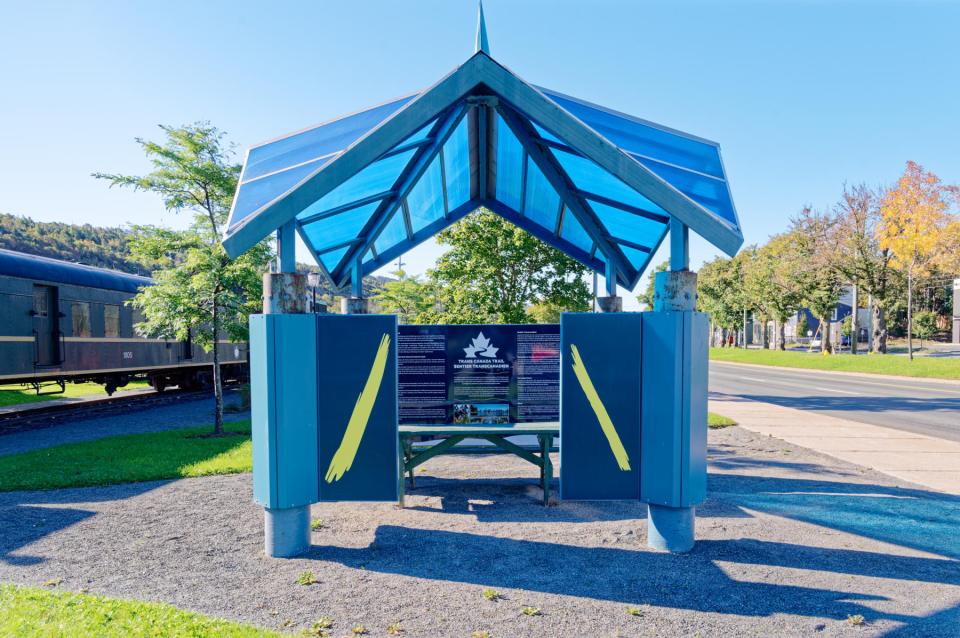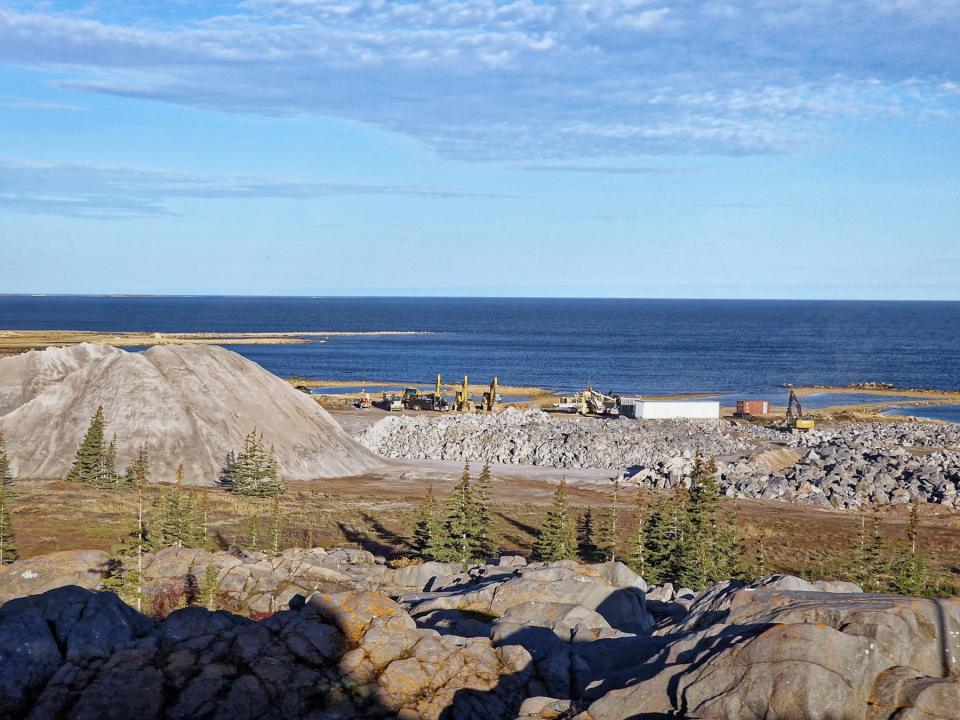Friday 7th April 2023 – Rather later than the “couple of days” promised in my last post, here are some valedictory thoughts about Costa Rica, which are worth exactly as much as you’ve paid for ’em.
Overall? We would heartily recommend it for a holiday (or even for travelling). The people are amazingly friendly and helpful, the country is safe and the sights are interesting. The wildlife is rich, varied and occasionally fascinating. There’s a great variety of microclimates to choose from – cool (and damp) cloud forest to hot (and humid) Caribbean beaches; as well as wildlife watching (which was the main reason we went) there are many activities to choose from – swimming, stand-up paddleboarding, ziplining, lying around poolside, white water rafting, hiking. This site gives a good overview.
Some research is necessary to ensure your visit is as pleasurable as it can be.
Timing of your visit is important.
- The rainy (or “green”) season lasts from May to November. If you don’t like it when it rains, probably best to avoid these times – and anyway bear in mind that in many parts of Costa Rica it can rain at any time, which is why all the hotels provide umbrellas. Outside the green season, the rain tends to be in sharp showers rather than continuous downpours. You can find more information here.
- If you want to see specific phenomena, check your seasons. In Ostional, turtle season is February. In San Gerardo, Resplendent Quetzal season is March. And so on.
Location is important.
- If you want to swim in the sea, the Caribbean coast is probably the best place to go. It’s rarely safe on the Pacific coast, where rip tides are a feature.
- If you want to have a base and drive around, then there are certain places to avoid, such as the Nicoya peninsula, where the road surfaces are not conducive to driving pleasure. Also, journeys take longer than you might think. It’s difficult to average more than about 30mph anywhere and often this speed is aspirational rather than achievable. Twisty roads, trappy road surfaces, and slow traffic due to heavy lorries all mean that patience is a virtue when driving from A to B.
Driving: the country is small enough that a car is a decent way to get around.
- Every community (which may be as small as a handful of dwellings) seems to have a school for young children. The areas around the schools are marked in the roads – “ESCUELA” – and on signposts. The speed limit goes down to 40kph and then 25 kph around each of these areas. I started off by observing these limits and then realised that no-one else paid them any attention at all so I stopped being so particular about this.
- However, many (but not all) of these zones are guarded by speed bumps (“Reductor”), many (but not all) of which are painted yellow and/or signposted. So it pays to be alert. Some of the speed bumps are aggressive.
- There are also speed bumps to guard some (but not all) junctions with other roads.
- Most major road surfaces are actually pretty good, although vigilance is required to avoid the occasional guerilla pothole or other degradation of the surface. Once you get off the major roads, you’re either on dirt tracks, which are by and large fine provided you’re in a reasonably robust vehicle, or the surface is randomly paved and hence treacherous.
- There was a reasonable supply of fuel stations wherever we went, and we covered most of the country.
Wildlife viewing: having a guide is essential, unless you are very sharp-eyed and expert at spotting small, well-camouflaged and occasionally deadly creatures. Guides know what to look for when they hear the faintest noise; they know where to look for particular animals and they know the signs to look for that indicate nearby wildlife. And, once they’ve spotted it, they can tell you what it is that you’re looking at and will be able to use your mobile phone camera through a spotter scope to get a photo for you. I really believe that if you go walking unaccompanied you’ll miss 90% of the animals that are nearby.
Photography: if you want to take photos of these animals, for top image quality I recommend that you have with you a camera with the equivalent of a 400mm lens attached. My particular kit was a Nikon Z6 with a 100-400mm zoom lens, which I used almost exclusively at the 400mm end – and I wished that I had a teleconverter to extend this to 560mm (but it didn’t arrive until after our return, regrettably). There are other options: a bridge camera such as the Sony RX10 IV will do a fine job; and increasingly there are mobile phones which will enable you to capture photos and video. I can recommend the Samsung S22 (or, these days, S23) Ultra, whose 10x zoom capability will enable you to get good results if the light is adequate. And, as I said above, the guide accompanying you (you did arrange one, didn’t you? Good) can often get a decent photo using your phone and his/her spotter scope.
Spending money is easy. Virtually everywhere we went was equipped to accept cards and, more often than not, phone transactions. For cash, US dollars are accepted almost universally, and in one or two cases the dollar was the only currency accepted. We did get some local currency (colones) out of an ATM, but never really needed them. Some ATMs will dispense dollars as well as colones. It’s worth having cash available for tipping guides. It’s not obligatory, but if the guide does a good job, I believe it’s the decent thing to do.
The only security tip we received was this: never leave anything in your car. We were pretty careful and only left the car with anything in it a couple of times – and one of these was in a supermarket car park which had a security patrol.
Our favourite place? The Tranquilo Lodge. Superb in every way.
Our travel organiser? Pura Aventura. Equally highly recommended.
I’m a firm believer in the Reithian diktat which shaped the BBC in its pomp – I try to inform, educate and entertain and I hope I’ve achieved this in some small measure. These pages will go quiet for a while, until either something photographically notable happens to me or we go travelling again. Whichever it will be, I hope to see you back on this site in the fullness of time. Until then…
Pura Vida!




















































































